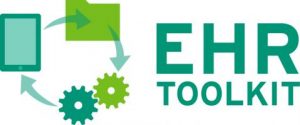
| Module 1 | Electronic health records (EHR) introduction |
Unit 1
|
Unit 2
| |
|---|---|---|---|---|
| Module 2 | Making the value case |
Unit 1
|
Unit 2
|
Unit 3
|
| Module 3 | Clarifying legal and policy issues |
Unit 1
|
Unit 2
|
Unit 3
|
| Module 4 | Forming partnerships |
Unit 1
|
Unit 2
|
Unit 3
|
| Module 5 | Analyzing clinical data and workflows |
Unit 1
|
Unit 2
|
Unit 3
|
| Module 6 | Analyzing technical options |
Unit 1
|
Unit 2
|
Unit 3
|
| Module 7 | Implementing data exchange |
Unit 1
|
Unit 2
| |
| Module 8 | Optimizing data quality and use |
Unit 1
|
Unit 2
|
Unit 3
|
| Module 9 | All toolkit downloads |
Unit 1
|
Recommended reading
- Guide to Evaluating Health Information Exchange Projects
- Accountable Care Organizations and Public Health
- Opportunity Knocks: Population Health in State Innovation Models
- Tracking Diabetes: New York City’s A1C Registry
- The DeLone and McLean Model of Information Systems Success: A Ten-Year Update
- Practical Playbook: Public Health. Primary Care. Together.
- Planning an Information Systems Project: A Toolkit for Public Health Managers
- Opportunity Knocks Again for Population Health: Round Two in State Innovation Models
- Accelerating Progress in Obesity Prevention: Solving the Weight of the Nation
- Primary Care and Public Health: Exploring Integration to Improve Population Health
- Learning from State Surveillance of Childhood Obesity
- Benefits and Barriers to Electronic Laboratory Results Reporting for Notifiable Diseases: The New York City Department of Health and Mental Hygiene Experience
- Batteries Not Included
- Informatics at the Intersection of Public Health Agencies and Accountable Care Organizations
- W.K. Kellogg Foundation Logic Model Development Guide
- Issue Brief: Health IT for Public Health Reporting and Information Systems

